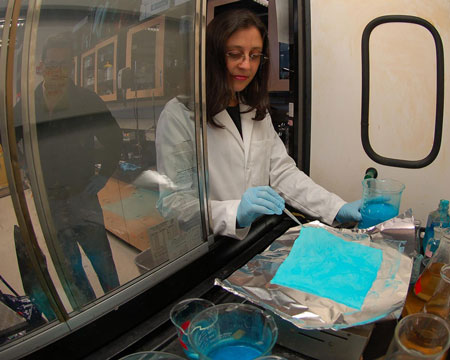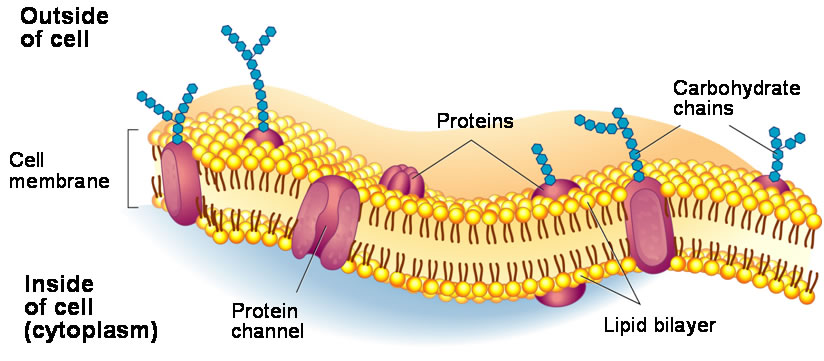Northwestern University has been a leader in nanotechnology and is becoming a powerhouse for the propagation of the technology to the clinical market. Many research insitutions are great at discovering new materials, but it is rare that one works so closely with the market to not only innovate but apply new discoveries.
A major reason for Northwestern lies in both its support of nanotechnology research and in the funding its been receiving. Its Center for Cancer Nanotechnology Excellence has just received 11.7 million dollars from the National Cancer Institute (NCI). The reason why Northwestern is such a great player in nanotechnology research is that it is not only immersed in just nanotechnology, just medicine, just biology, or just physics and engineering. Instead, it is an integrated research institute. This is so important for nanotechnology research as this field doesn't settle easily into any one classical discipline. Instead, it requires the application of many different expertise.
Northwestern, in particular, claims that its International Institute for Nanotechnology and its Robert H. Lurie Comprehensive Cancer Center of Northwestern University will be able to work together to create nanotechnology and then streamline it in-house to clinical research and, eventually, the clinical market.
Currently, the flagship of Northwestern's research is in its NanoFlare (see image right). NanoFlares are a "spherical nucleic acids with gold nanoparticle cores outfitted with single-stranded DNA “flares.”". The NanoFlares expand upon nucleic-acid based Nano-constructs called Spherical Nucleic Acids (SNAs) which are non-toxic to humans and can serve in the delivery of cancer drugs. What makes the NanoFlares unique is the DNA-flare on the outside of the sphere. It allows the SNA to locate and bind to cancerous cells in the blood stream even before any tumor forms. Then, a drug can be released to destroy the harmful cells.
This research is not only important in the fight against cancer but is a clear demonstration in academia embracing nanotechnology and seeking ways to maximize its impact.
To read more about the grant and Northwestern's research, click here!
To read more about this research, click here!
To read more about the International Institute for nanotechnology, click here!
A major reason for Northwestern lies in both its support of nanotechnology research and in the funding its been receiving. Its Center for Cancer Nanotechnology Excellence has just received 11.7 million dollars from the National Cancer Institute (NCI). The reason why Northwestern is such a great player in nanotechnology research is that it is not only immersed in just nanotechnology, just medicine, just biology, or just physics and engineering. Instead, it is an integrated research institute. This is so important for nanotechnology research as this field doesn't settle easily into any one classical discipline. Instead, it requires the application of many different expertise.
Northwestern, in particular, claims that its International Institute for Nanotechnology and its Robert H. Lurie Comprehensive Cancer Center of Northwestern University will be able to work together to create nanotechnology and then streamline it in-house to clinical research and, eventually, the clinical market.
 |
| An image of NanoFlares |
This research is not only important in the fight against cancer but is a clear demonstration in academia embracing nanotechnology and seeking ways to maximize its impact.
To read more about the grant and Northwestern's research, click here!
To read more about this research, click here!
To read more about the International Institute for nanotechnology, click here!















.jpg/800px-Surface_Plasmon_Resonance_(SPR).jpg)












